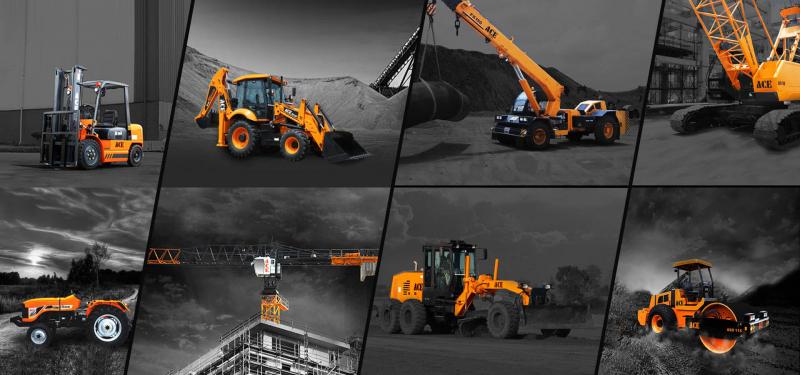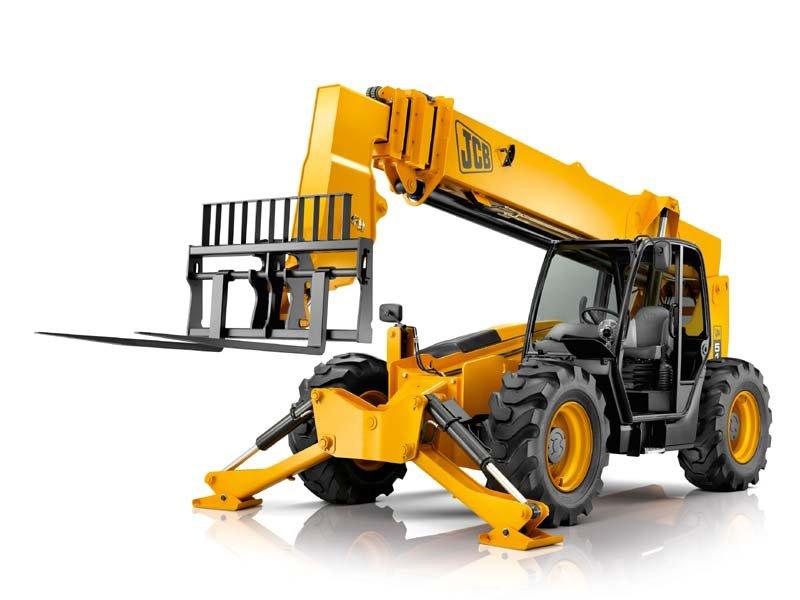Maximize Your Budget by Recognizing the Expenses Connected With Building And Construction Tools Rentals
Comprehending the complete extent of prices connected with building and construction devices rentals is important for optimizing your budget plan. While the preliminary rental cost may seem uncomplicated, many extra costs-- such as transportation, fuel additional charges, and upkeep-- can promptly collect, impacting your economic preparation. Being mindful of various fees and the ins and outs of rental agreements can aid avoid unanticipated monetary concerns. What strategies can be employed to successfully take care of these costs and guarantee a more effective rental experience?
Overview of Rental Prices
When considering building equipment rentals, recognizing the connected prices is vital for efficient budgeting and job planning. Rental expenses can differ substantially based upon several elements, consisting of tools type, period of leasing, and area. The first rental charge often shows the equipment's market demand and its linked functional capacities, influencing the total cost.
Along with the base rental price, supplementary costs might occur, such as transportation fees, fuel additional charges, and upkeep charges. It is crucial to account for these extra costs to precisely examine the complete cost of leasing devices. The rental period can influence rates; longer rentals may qualify for affordable prices, while short-term leasings might incur higher daily charges.

Failure of Rental Prices
A thorough understanding of rental rates is necessary for professionals and job managers aiming to maximize their spending plans. Rental rates for construction equipment usually consist of numerous parts, consisting of base rates, time-based fees, and usage fees.
Base prices are the core fees associated with the leasing of the equipment, typically figured out by the type and size of the equipment. These prices can vary considerably, affected by factors such as equipment need, schedule, and local market trends. Time-based fees, which may be daily, weekly, or monthly, offer to fit different project timelines and rental durations.
Additionally, rental rates may consist of usage costs, which are suitable when devices is made use of beyond a specified limit, ensuring that the rental business can account for wear and tear. Seasonal need changes can additionally influence rental rates, with peak construction periods generally regulating higher costs.
Moreover, recognizing the rental business's plans pertaining to maintenance and insurance can offer more understanding into the general price structure. By evaluating these components, specialists can make enlightened choices, guaranteeing the choice of rental tools lines up with both project requirements and budget plan restrictions.
Extra Costs to Consider
Comprehending the ins and outs of added costs is critical for service providers to manage their overall service costs effectively. Beyond the common rental prices, different additional charges can significantly impact the total cost of equipment leasing. These fees often consist of shipment weblink and pickup costs, which can differ based upon distance and logistics included in moving the devices to and from the job website.
Additionally, some rental business might enforce gas additional charges if the tools is returned with much less gas than when rented out. It is likewise important to recognize possible cleaning costs, especially for specific devices that calls for extensive maintenance after use.

Extensively evaluating the rental agreement and clearing up these additional costs upfront can aid specialists guarantee and stay clear of unforeseen prices that spending plans stay undamaged throughout the job lifecycle.
Repair And Maintenance Expenditures
Regular maintenance and repair expenditures are typically neglected factors that can substantially influence the total price of building tools leasings. When renting out equipment, it is crucial to think about not only the rental fees yet also the potential prices linked with maintaining the machinery in ideal operating problem.
Several rental companies consist of standard maintenance as part of the rental contract; nonetheless, more unexpected break downs or substantial repair services can cause added expenses. It's necessary to review the rental contract carefully to understand what maintenance solutions are covered and what duties fall on the renter.
Moreover, tools that is not properly maintained can bring about inefficiencies on duty site, potentially triggering delays and raising task prices. To alleviate these risks, it is suggested to carry out normal inspections and maintain open communication with the rental provider concerning any type of issues that arise during usage.
Insurance Policy and Responsibility Prices
Insurance policy and obligation costs are crucial components that can significantly influence the total expenditure of building and construction devices rentals (dozer rental). These costs make certain that both the rental firm and the client Learn More are secured from possible economic losses occurring from crashes, damage, or theft during the rental duration

Furthermore, clients ought to be conscious of any kind of deductibles or exemptions in the insurance coverage, as these can affect possible out-of-pocket expenses. Comprehending the terms of any insurance policy protection is essential to prevent unanticipated prices. Eventually, budgeting for insurance coverage and responsibility expenses can aid guarantee a smoother rental experience and secure against financial dangers related to building projects.
Final Thought
In final thought, a detailed understanding of the prices connected with building and construction equipment rentals is vital for efficient budget plan monitoring. Ultimately, educated decision-making concerning equipment services contributes to the total success of building and construction undertakings.
Rental prices can differ dramatically based on several elements, consisting of equipment type, period of service, and location (mini excavator rental). The rental period can affect rates; longer services might certify for reduced rates, while temporary services could sustain greater everyday charges
By conducting complete study and involving with respectable rental firms, professionals can successfully browse the intricacies of rental rates, inevitably optimizing their economic sources.
Beyond the common rental prices, various extra costs can significantly affect the total cost of devices rental. Rental business typically provide responsibility insurance coverage that covers injuries to 3rd parties or damage to residential property, while devices damage insurance can Click Here cover the expense of repair work or substitute if the rented out tools is damaged.